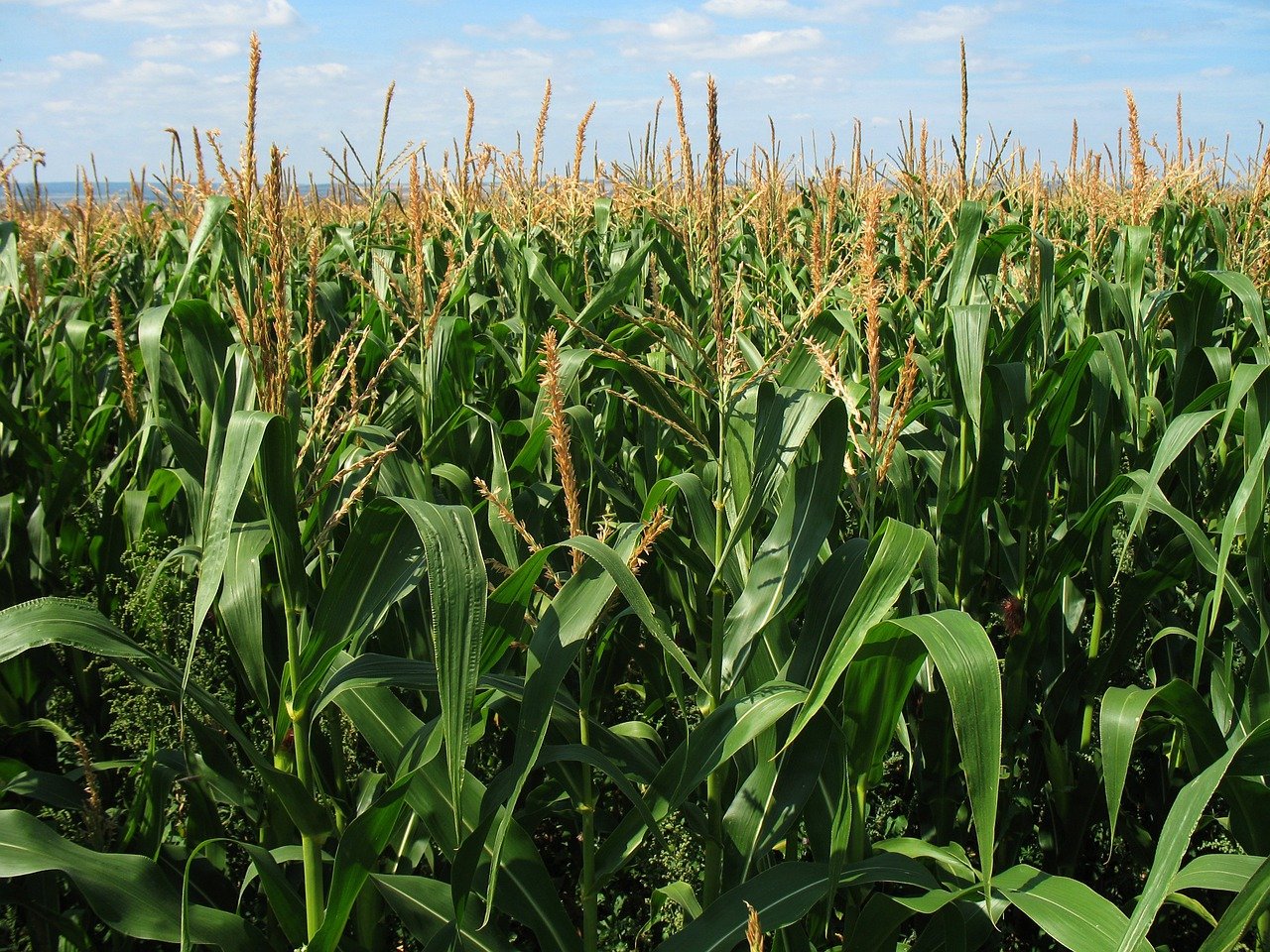
- Details
- By Chez Oxendine
- Food | Agriculture
In issuing $12 million in grants to organizations across Indian County, the Native American Agriculture Fund is placing a special emphasis on addressing access to capital issues for Native farmers and ranchers.
The private, charitable trust steered nearly half of this round of funding — $5 million — to Native community development financial institutions, while also supporting initiatives related to educational programs, communal land purchases and equipment acquisitions.
Native CDFIs provide lending products to Indigenous communities who otherwise have few options to access traditional credit. These institutions have come to play an outsized role in addressing credit access for long-suffering Native entrepreneurs and producers.
Given NAAF’s origins in 2010’s Vilsack v. Keepseagle, which found the U.S. Department of Agriculture discriminated against Indigenous farmers in its loan programs, the organization felt it was appropriate to direct funding to Native CDFIs, according to CEO Toni Stanger-McLaughlin.
“The foundation of NAAF was derived from the original harms of the Keepseagle claimants,” Stanger-McLaughlin told Tribal Business News. “Everything we do at NAAF has to try to somehow alleviate or remove those harms, which have to do with credit.”
All told, this year’s grantees included 13 Native CDFIs:
- Akiptan Inc., Eagle Butte, S.D.
- Citizen Potawatomi Community Development Corporation, Shawnee, Okla.
- Four Bands Community Fund, Eagle Butte, S.D.
- Montana Native Growth Fund, Billings, Mont.
- Lummi CDFI, Bellingham, Wash.
- Mvskoke Loan Fund, Okmulgee, Okla.
- Native CDFI Network, Washington, D.C.
- New Mexico Community Capital, Albuquerque, N.M.
- NiiJii Capital Partners Inc., Keshena, Wis.
- Northwest Native Development Fund, Coulee Dam, Wash.
- The Lakota Fund Inc., Kyle, S.D.
- White Earth Investment Initiative, Ogema, Minn.
- Wind River Development Fund, Ft. Washakie, Wyo.
For Montana Native Growth Fund, a Fort Belknap Indian Community-based Native CDFI, the NAAF support meant receiving a total of $225,000 to help farmers and ranchers in the area. The reward encompasses two grants: a general program aimed at providing loan capital, technical assistance and agricultural education; and a special focus on helping farmers build climate resilience through special seed purchases, emergency hay stores and emergency loan payments.
Improved support through the general focus grant will expand the Montana Native Growth Fund’s ability to meet farmers’ and ranchers’ financial literacy and credit needs, building a “responsive” loan program tailored to Native borrowers’ needs.
“Native economies are contingent on the continued growth of Native food systems,” said Kerry Shabi, business development coordinator at Montana Native Growth Fund. “We’re focused on supporting the next generation of agricultural producers.”
The Montana Native Growth Fund’s special focus grant will fund a project tackling sustainability issues brought on by climate change for Fort Belknap producers, who have experienced drought, excessive crop damage due to grasshoppers, and damage from wildfires. The support from NAAF will help farmers withstand economic shock from losses caused by these natural disasters.
“The Fort Belknap Indian Community has provided limited business assistance, agricultural education, and advocacy for farmers and ranchers for years,” Shabi said. “(We’ve seen a decline) in the number of farms and ranches in our area, changes in climate, and the loss of cattle and crop production. We believe a more coordinated effort with greater support will solve the issue.”
The special focus grant reflects NAAF’s commitment to fund projects that build climate resilience.
“We have a lot of producers in communities being impacted by disasters — drought, fires, coastal community issues,” Stanger-McLaughlin said. “Our tribal communities are being impacted, usually first and in a more severe manner.”
Credit deserts
Native borrowers often require different loan terms than traditional borrowers because of the regulations surrounding trust lands that comprise many tribal reservations. For example, lenders require that they be first in line to take control of a property in the case of a foreclosure, which isn’t possible given that trust lands are held by the federal government on behalf of a tribe, which presents a major barrier to Native borrowers.
Native CDFIs like the Montana Native Growth Fund can get around that hurdle by working out new terms with tribal borrowers more suited to their unique situation.
“CDFIs often exist in credit deserts and often give access to credit where it wouldn’t exist before,” Stanger-McLaughlin said. “Ultimately, CDFIs are part of the solution, so we’re funding them. The first couple of years of our funding, we trained them, we funded staff, and now more of them are doing lending.
“The funding is going toward actual production, and less for the education of the CDFIs.”
A similar pattern is playing out for many of this year’s grant recipients, who Stanger-McLaughlin said have moved on from feasibility studies and project development and to transition into production and implementation.
“We’ve seen those grants go from idea to fruition, and we’re going to make sure we continue to grow, so we’re serving them appropriately,” she said. “We’re keeping that in mind.”
Via partnerships with organizations like NAAF, Montana Native Growth Fund can accomplish its mission, Shabi said.
“We have a long history of partnerships and connections that have gone back thousands of years to when our Native people were nomadic and self-efficient following the trade routes through the Americas,” Shabi said. “Today, we have a whole resource of organizations that comprise an Indigenous finance industry that serves Native communities. MNGF is very thankful to be a part of this industry and values the support of other organizations along the way.”
Stanger-McLaughlin said the support will keep coming. As a draw down grant, NAAF has 12 years’ worth of grant funding remaining to distribute in support of Native farmers and ranchers.
“We want to support farmers and ranchers, in particular those farmers and ranchers that advocated for this class action that created the funds we award and distribute,” she said
